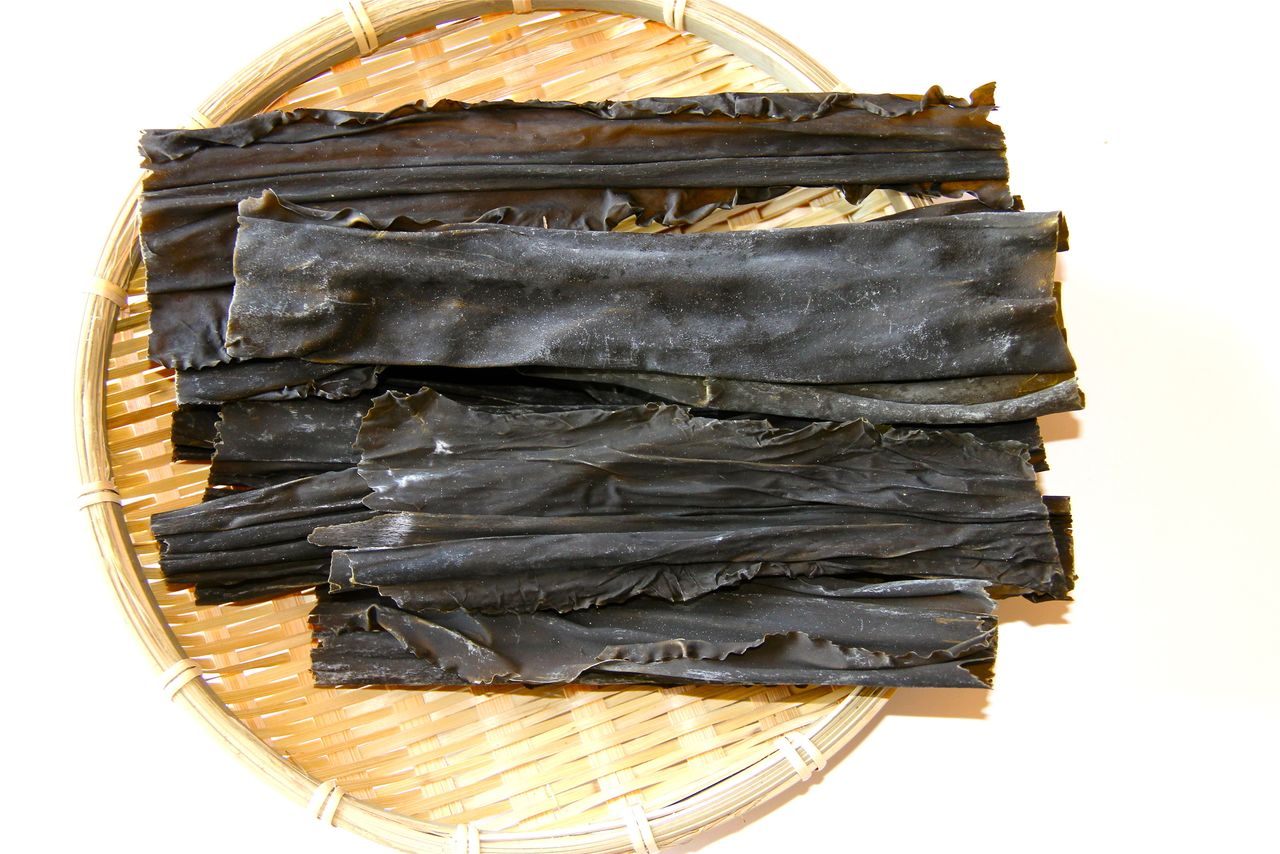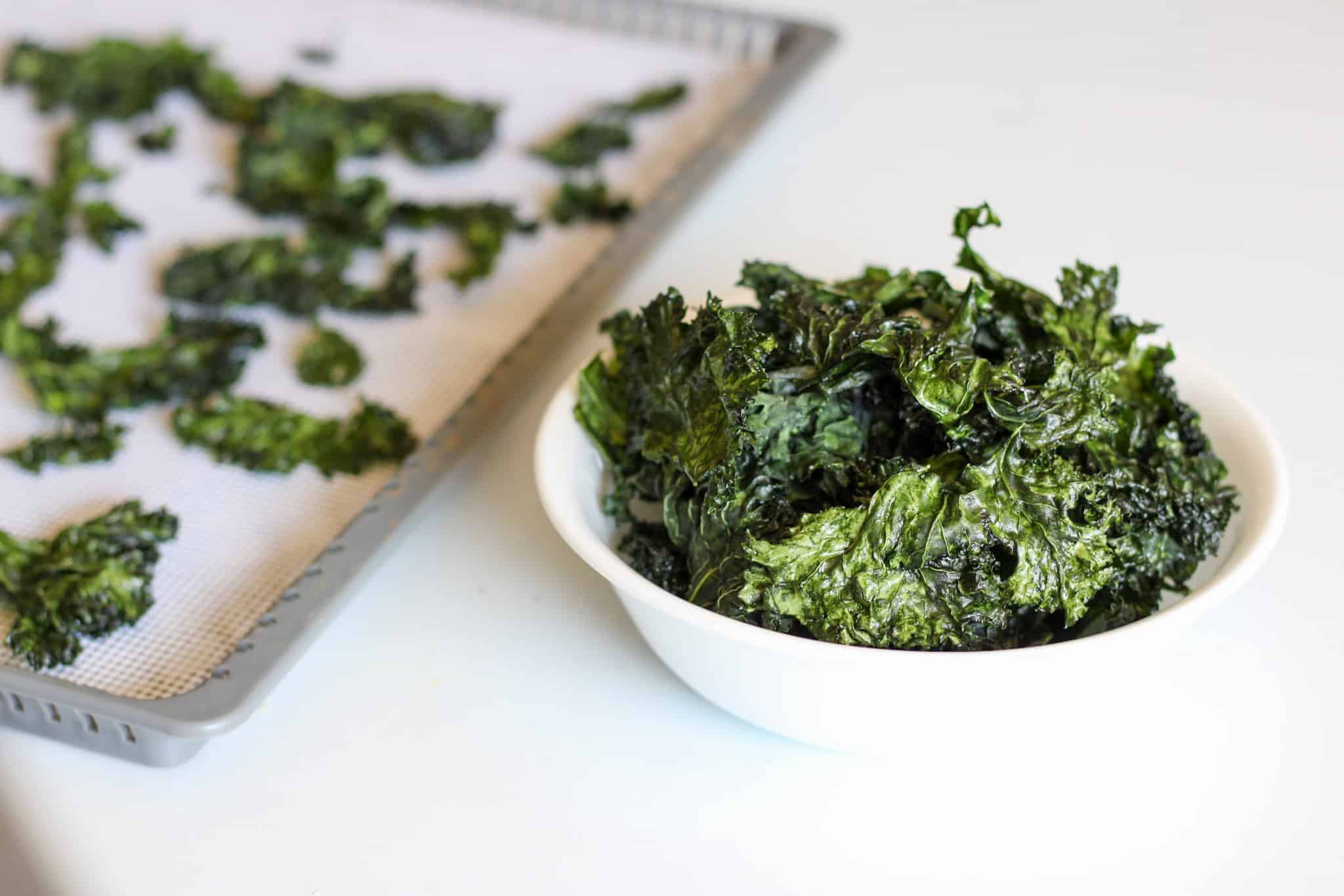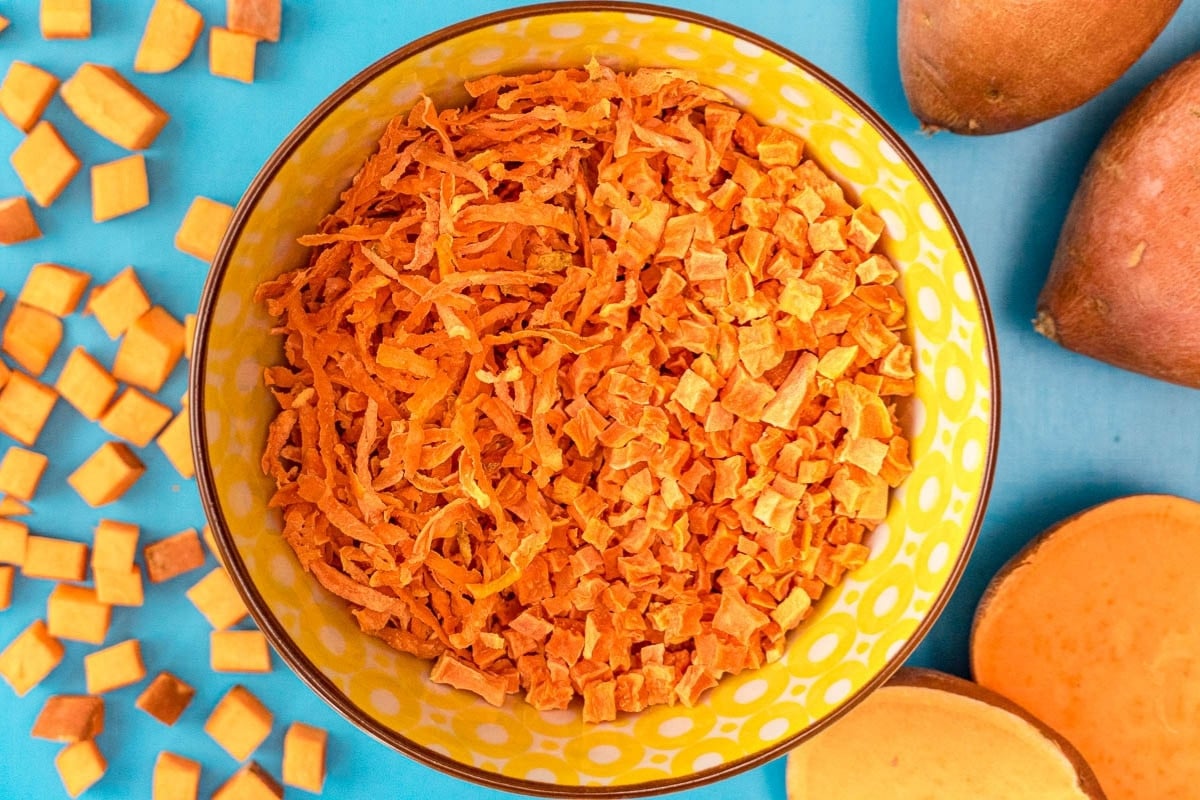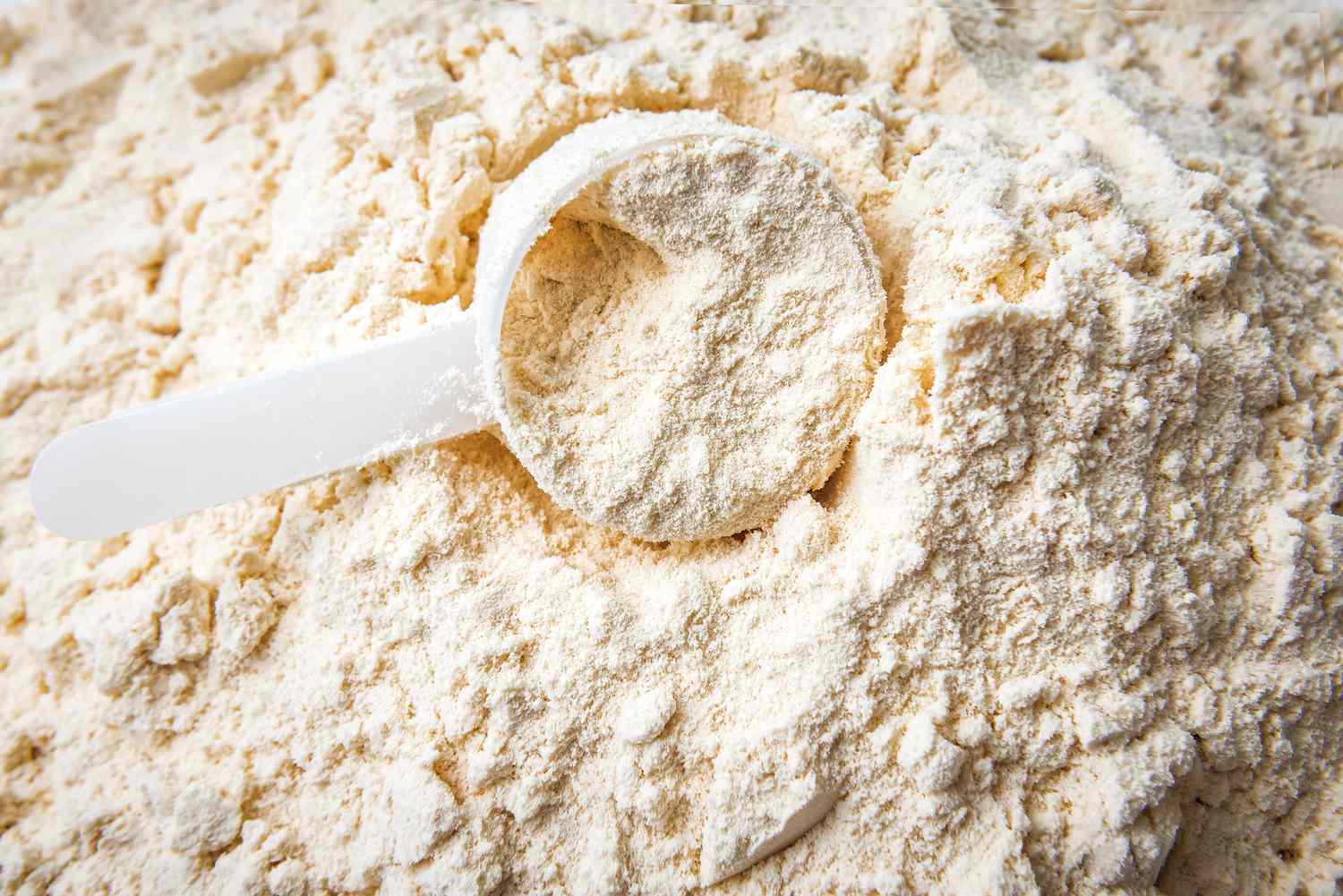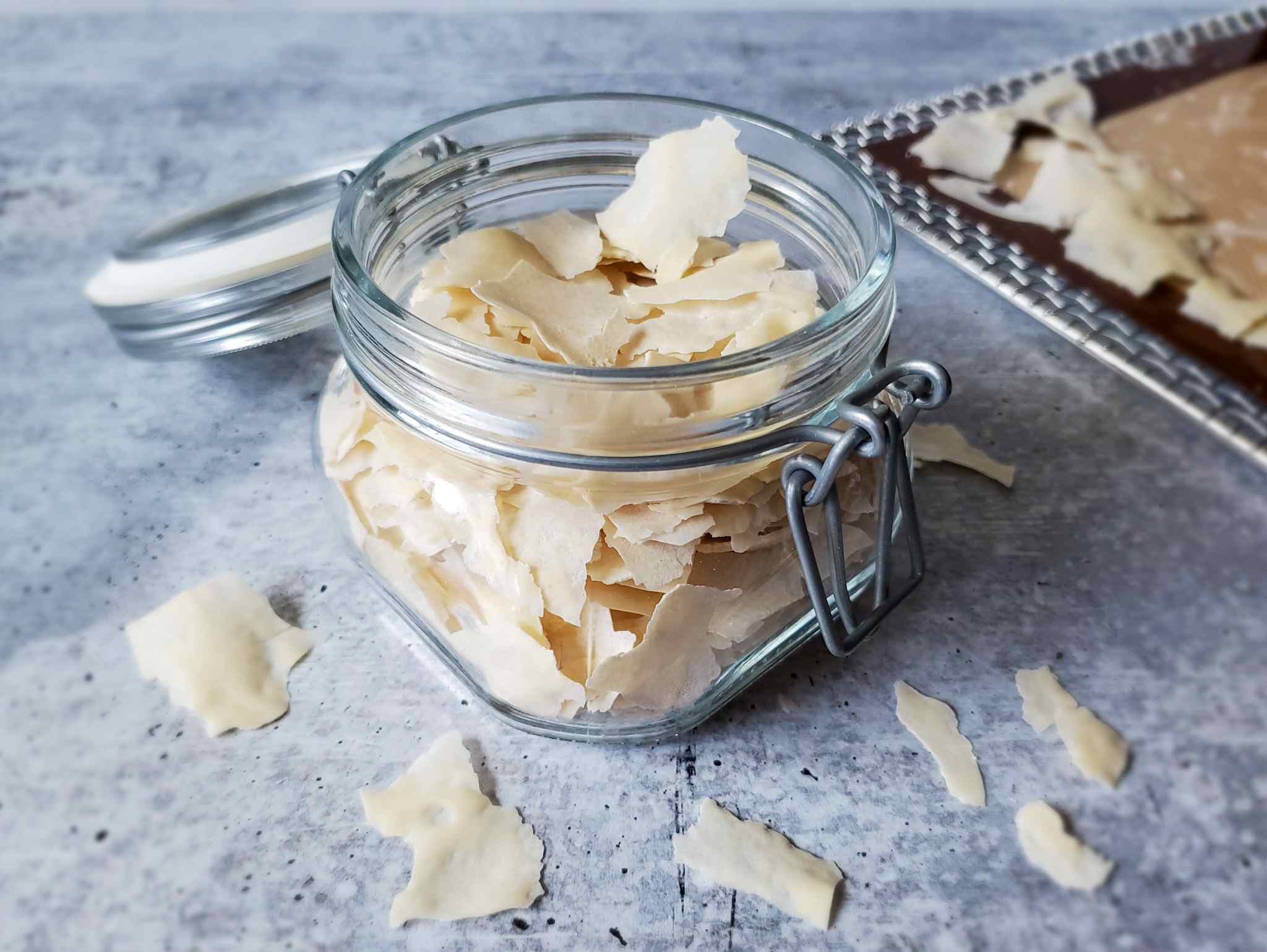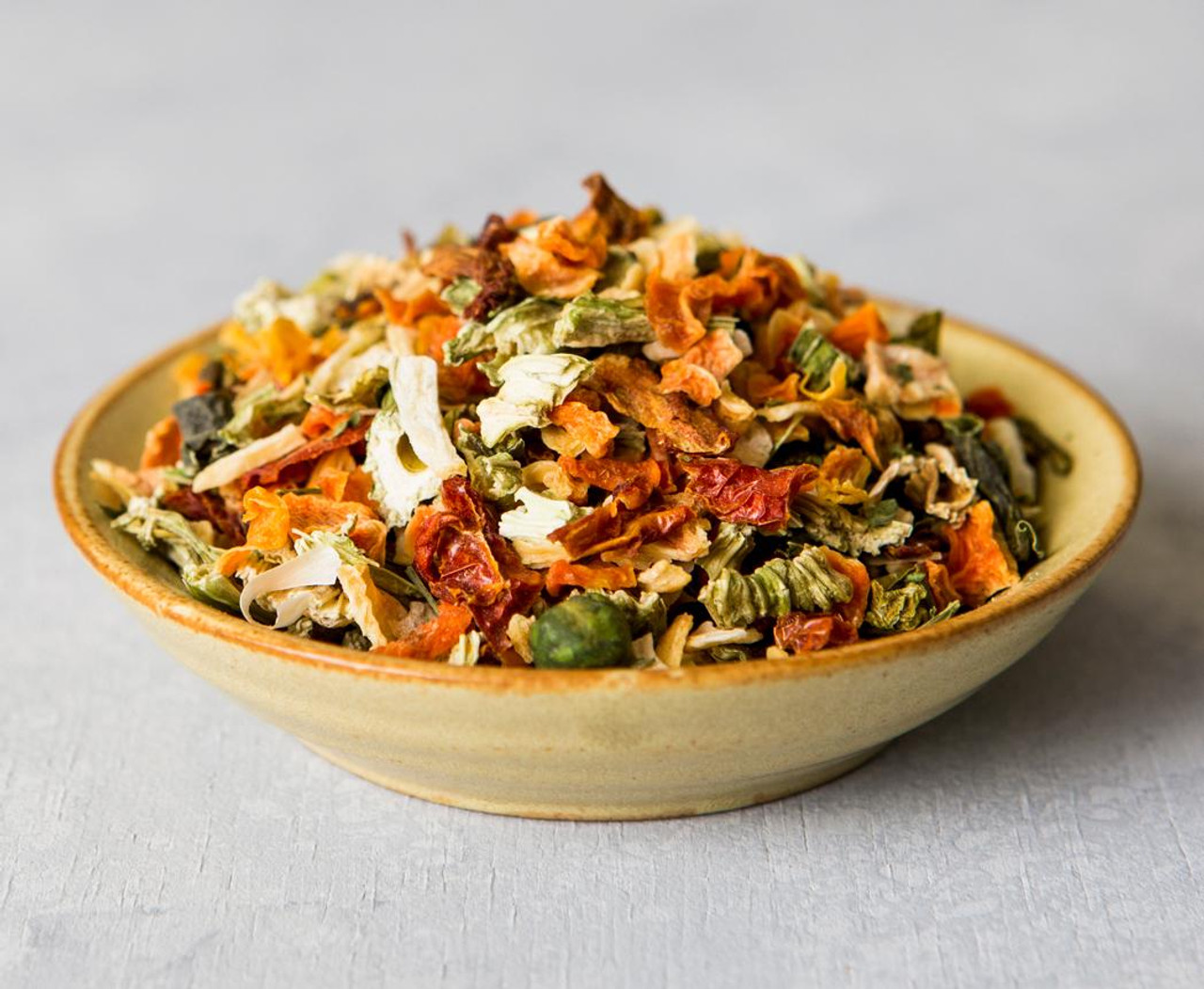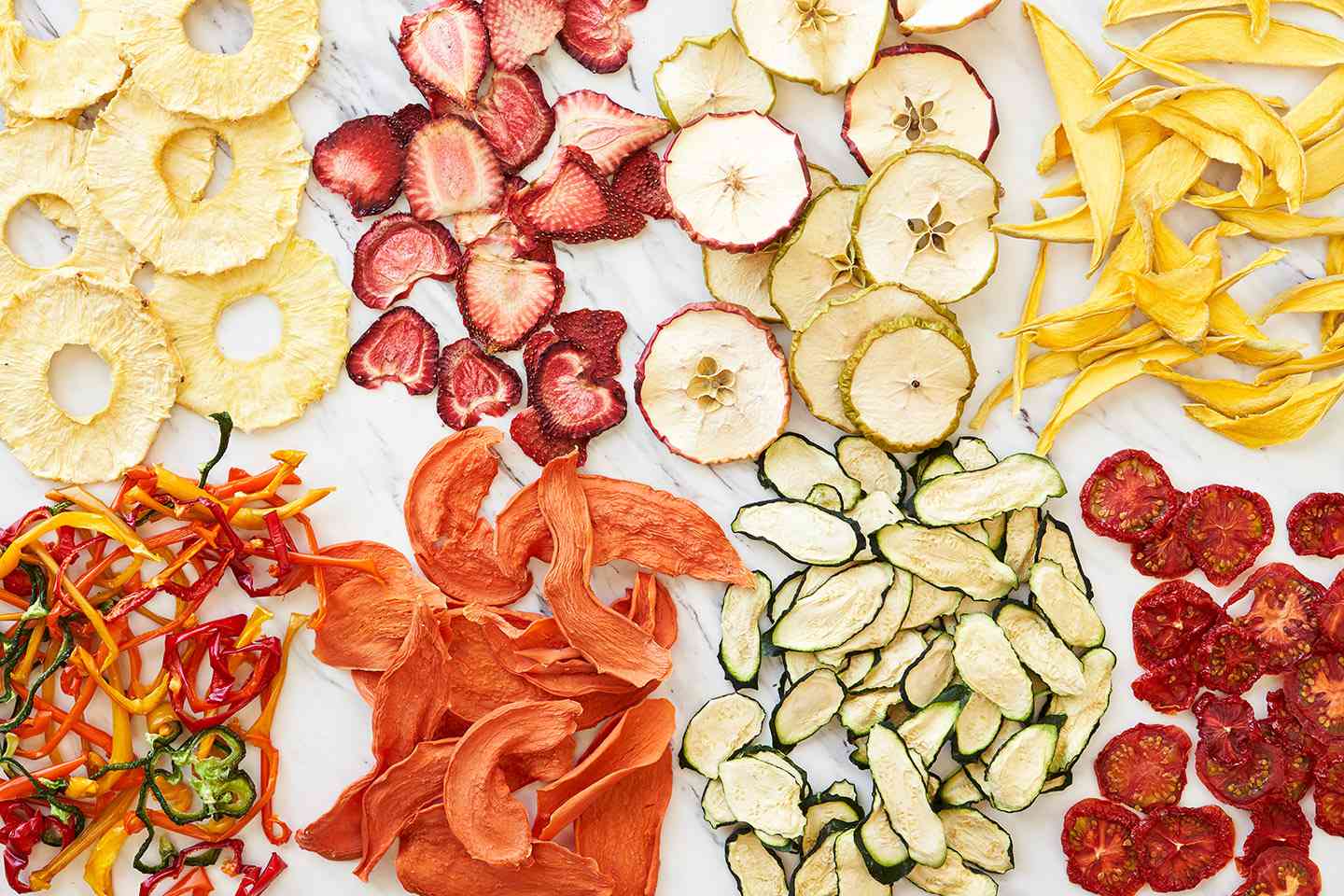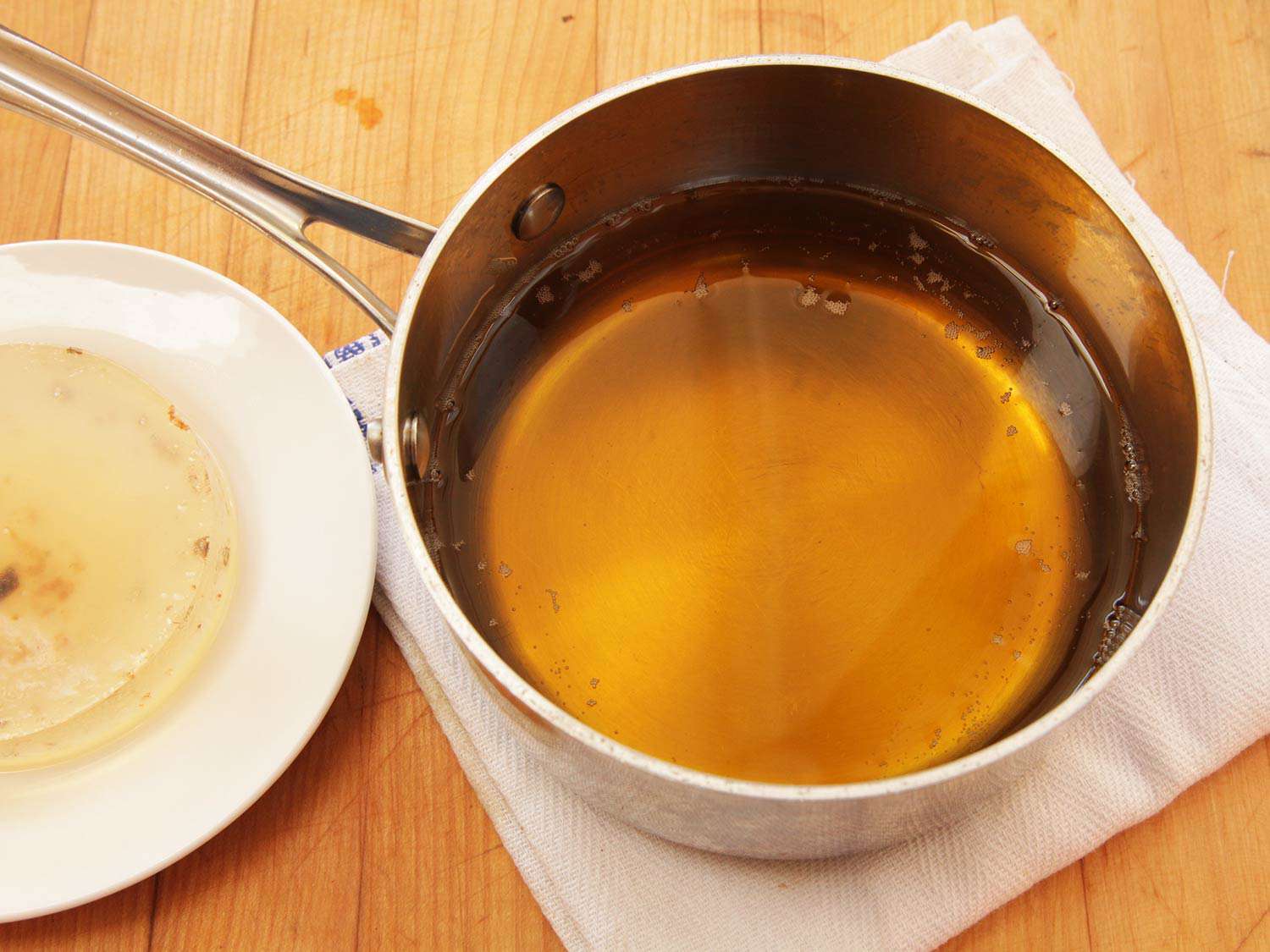Preserving the Freshness: Dehydrating Ramp Leaves
As a food enthusiast, you probably know the joy of cooking with fresh, seasonal ingredients. Ramps, also known as wild leeks, are a springtime delicacy with a pungent flavor that adds a unique twist to any dish. If you want to enjoy the flavor of ramps all year round, dehydrating their leaves is a great way to preserve them. Here’s a simple guide on how to dehydrate ramp leaves so you can enjoy their delicious taste long after the spring season has passed.
Harvesting and Cleaning Ramps
Before you can dehydrate ramp leaves, you need to start with fresh ramps. Harvest ramps responsibly by cutting the leaves, leaving the bulbs and roots intact to allow for regrowth. Once you have gathered the ramps, it’s essential to clean them thoroughly to remove any dirt or debris. Gently wash the leaves under running water and pat them dry with a clean kitchen towel.
Preparing for Dehydration
After cleaning the ramp leaves, it’s time to prepare them for dehydration. Trim off any tough stems and separate the leaves from the bulbs. Lay the leaves in a single layer on a clean kitchen towel to ensure they are completely dry before proceeding with the dehydration process.
Dehydrating Ramp Leaves
Now that the ramp leaves are prepped and ready, it’s time to dehydrate them. There are a few methods you can use to dehydrate ramp leaves, including using a dehydrator, oven, or air-drying. Here’s a simple step-by-step guide for dehydrating ramp leaves using a dehydrator:
- Arrange the clean, dry ramp leaves in a single layer on the dehydrator trays, ensuring they are not overlapping.
- Set the dehydrator to a low temperature, around 125°F to 135°F, and allow the ramp leaves to dehydrate for 6 to 8 hours, or until they are completely dry and brittle.
- Check the ramp leaves periodically to ensure they are drying evenly, and rotate the trays if necessary.
- Once the ramp leaves are fully dehydrated, remove them from the dehydrator and allow them to cool completely before storing.
Storing Dehydrated Ramp Leaves
Proper storage is crucial to maintain the quality of dehydrated ramp leaves. Once they have cooled completely, store the ramp leaves in an airtight container, such as a glass jar or a vacuum-sealed bag, in a cool, dark place. Properly stored, dehydrated ramp leaves can last for up to a year, allowing you to enjoy the flavor of ramps long after the spring season has ended.
Using Dehydrated Ramp Leaves
Dehydrated ramp leaves can be used in a variety of dishes to add a burst of flavor. Simply crush the dried leaves between your fingers to create a fine powder, and use it as a seasoning in soups, stews, sauces, and marinades. You can also rehydrate the ramp leaves by soaking them in warm water for a few minutes before adding them to your recipes.
Final Thoughts
Dehydrating ramp leaves is a simple and effective way to preserve their unique flavor for year-round enjoyment. By following these easy steps for dehydrating ramp leaves, you can savor the taste of ramps in your favorite dishes whenever the craving strikes. So, go ahead and stock up on ramp leaves during the spring season and enjoy their delicious flavor long after the season has passed.
For those eager to put their dehydrated ramp leaves to good use, there are several standout recipes worth trying. The Creamy Ramp and Potato Soup is perfect for a cozy meal, offering a rich, earthy flavor. Ramp-Infused Herb Butter can be a delightful addition to any bread or vegetable dish, adding a nuanced taste that elevates simple foods. Ramp Pesto Pasta is a must-try for pasta lovers, combining the robust taste of ramps with classic pesto ingredients. For a savory snack, Grilled Cheese with Ramp Powder provides a delicious twist on a comfort food favorite. Lastly, Ramp and Cheddar Biscuits make for a scrumptious side dish or snack, perfect for any time of day. These recipes not only highlight the unique flavor of ramps but also demonstrate the versatility of dehydrated ramp leaves in various culinary applications.
Was this page helpful?
Read Next: How To Dehydrate Mushroom?
